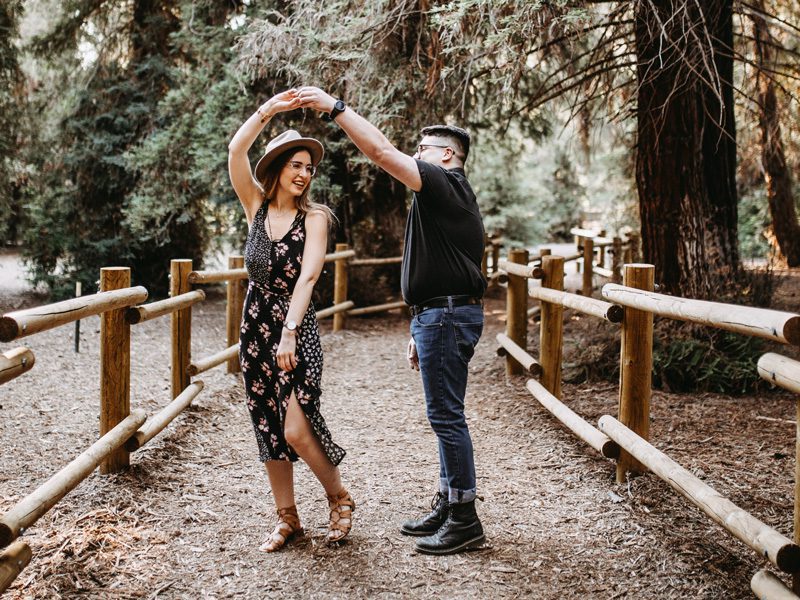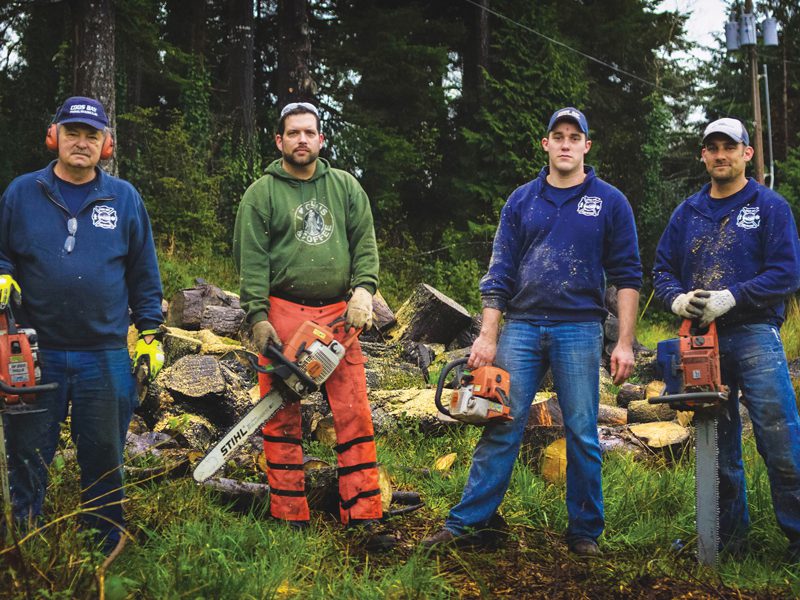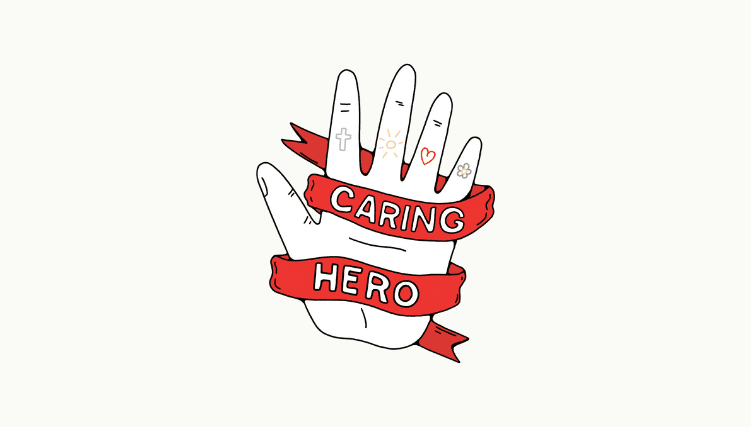We long for unity, but what does that really look like and how do we find it?
What is community?
Community, Merriam-Webster says, is a unified body of individuals. After further delineations and demarcations, the dictionary entry concludes with “community: ‘a social state or condition.’” The word seems easy enough to define—in essence, a community is a group of people with something in common. There are many kinds of community: geographic (the neighborhood we live in for instance), social, political, and communities built upon common causes, beliefs or ideals. In fact, “community” has become a bit of a buzzword, the idea being simply to bring people together under a common banner.
Community then, is both a feeling and a relationship. It can be formal or informal. It is about connections and connecting. It can be a location or a lifestyle. It is mostly about a sense of belonging, of sharing and security.
In the Church, we take it a step further. The Greek word koinonia is defined as “the intimate spiritual communion and participative sharing in a common religious commitment and spiritual community.” As humans, we were created to be in community. After all, God himself lives in community—Father, Son, Holy Spirit. Our triune God is the ultimate, eternal, perfect community. In The Salvation Army, we describe the Godhead as “co-equal in power and glory.” There is communion, and community within God himself.
For Christians, community is not just geographic proximity or even a shared set of beliefs. It is what we do; it is who we are. The early Church provides a picture of what community can look like: They broke bread in their homes and ate together with glad and sincere hearts, praising God and enjoying the favor of all the people (Acts 2:46-47). Perhaps the description in Acts 4 is even more insightful: All the believers were one in heart and mind. (Acts 4:32).
As Christians, our faith is best expressed in community—in our lives as shared and supported by others. Jesus reminds us, “Love the Lord your God with all your soul and with all your mind… and love your neighbor as yourself” (Mark 12: 30–31). The Apostle Paul says, “Each of you should look not only to your own interests, but also the interests of others” (Phil. 2:4). Community, then, is not just shared neighborhoods or interests; it’s about shared lives. It’s about helping, serving and encouraging. Community is mutual hospitality.
In 1623, English poet John Dunne famously wrote, ”no man is an island,” to illustrate that we are all connected, and cannot survive without others. Just a few years later, John Wesley, founder of the Methodist Church, wrote, “There is no holiness except social holiness,” contending that true piety is seen only in context of serving and communing with others.
In more recent days, Henri Nouwen, author of “Bread for the Journey: A Daybook of Wisdom and Faith,” and other Christian classics, in addressing the Leadership Network Conference in 1995, defined community in this way: “Community is first of all a quality of the heart. It grows from the spiritual knowledge that we are alive not for ourselves but for one another. Community is the fruit of our capacity to make the interests of others more important than our own (see Phil. 2:4). The question, therefore, is not ‘How can we make community?’ but ‘How can we develop and nurture giving hearts?’”

Nouwen suggests that community is based on two disciplines: forgiveness and celebration. We have to be able to forgive—ourselves and others—to live with other fallen people. We also have to learn to celebrate—again, both ourselves and others—to find and experience the joys of this life, even as we anticipate the greatest joy of our eternal celebration with God.
“Life Together: The Classic Exploration of Christian in Community” is Dietrich Bonhoeffer’s short theological treatise on community. Bonhoeffer, a German pastor and theologian, was martyred by the Gestapo just before the end of World War II. The book was written during his time leading an underground seminary during the Nazi years in Germany, and offers practical, now poignant advice on how community sustained the lives and relationships of Christians and Jews alike under severe threat and persecution. For Bonhoeffer, community is a gift given by God—something to be cherished, appreciated and nurtured.
We have one another only through Christ, but through Christ we do have one another, wholly, for eternity. “Christian brotherhood is not an ideal which we must realize; it is rather a reality created by God in Christ in which we may participate,” Bonhoefer wrote. “The more clearly we learn to recognize that the ground and strength and promise of all our fellowship is in Jesus Christ alone, the more serenely shall we think of our fellowship and pray and hope for it.”
In essence, community is centered around the preposition “with”—as in living with, laughing with, loving with, serving with, praying with. Community is connecting in gratitude and hospitality. It’s about knowing someone’s needs—and meeting them without being asked. It is a gift from God—a wonderful, fulfilling, engaging opportunity to live, laugh and love together.
God calls us to live in community for the sake of our spiritual growth as well as the welfare of others. So how do we go about doing that? Perhaps the answers are as simple as they are profound: Listen, laugh and love. We need to learn to listen to others; to hear their hearts. We need to understand and accept them for who they are. We need to hear their needs—personal, emotional and physical—and aim to meet them to the best of our abilities. We need to empathize with and embrace one another in sorrow and pain. And we should laugh together, to celebrate one another and share in the victories and joys in life. 1 Corinthians 13:13 says, “But the greatest of these is love.” Simply put, community is loving others.
In The Salvation Army, we often say that we are “saved to serve.” That is who we are and what we do. That is our community. Perhaps the old Sunday school chorus puts it best:
“Jesus first,
yourself last,
and others in between.”
That’s community.

















